Say this about Big Ten football. The games deliver solid numbers of television viewers, especially for the marquee matchups.
While the conference only resumed playing two weekends ago, the viewership numbers have already provided a much-needed shot in the arm to its pandemic punched television network partners, ABC/ESPN, and Fox Sports and the Big Ten Network. The positive bump has also been felt by college football — and most importantly, advertisers — across the board.
“The networks that broadcast college football cannot be happier that the Big Ten is back,” said Richard Deitsch, a media reporter with The Athletic.
For one thing, it means more game-day product is available for viewing in Big Ten markets such as Chicago, New York-New Jersey, Detroit, Indianapolis, and, yes, the entire state of Nebraska. And that also means more eyeballs streaming and clicking and streaming back and forth between games in other conferences.
The bottom line: While the Big Ten has played on just two of the first nine college football weekends, the games already account for three of the season’s top five ratings, according to data from Sports Media Watch.
Week 1
Start with the weekend of Oct. 24 when the Big Ten’s returned to action. The conference delivered two of college football’s top ratings this season, according to data from Sports Media Watch.
The Nebraska-Ohio State game attracted 6.18 million viewers on the Fox Big Noon Saturday time slot, the highest-rated game that weekend. Ratings jumped 100% and viewership 144% from last year’s comparable week eight window on FOX, based on Sports Media Watch numbers.
The game trailed only the Georgia-Alabama game on CBS the weekend before, which drew 9.61 million viewers. To date, the SEC matchup ranks as the most-watched game this season.
Given the season-opening match, the Nebraska-Ohio State numbers were not surprising, said Deitsch.
Ohio State’s impact on television viewing “is very similar to the Dallas Cowboys,” he said. “They have a passionate fan base, and they draw,” regardless of the opponent. Alabama and Notre Dame are the other schools that typically have a similar impact on TV ratings, Deitsch said.
As for Nebraska, it is still a national draw and a well-respected brand, although “not as much as it used to be,” said Deitsch. “They still bring in the casual fan who will tune in to them.”
It wasn’t just the Cornhuskers and Buckeyes that captured viewers in week one of the conference schedule. The Michigan-Minnesota game later that Saturday attracted 5.12 million viewers on ABC.
The two Big Ten games were only the third and fourth of the season to average at least five million viewers, compared to 15 at the same point last year, Sports Media Watch reported.
In addition, Indiana’s upset of Penn State averaged 2.07 million viewers on FS1, the network’s most-watched game of the season through eight weeks.
“It was incredibly important for the Big Ten to get back on TV…important for the conference, important for the schools, important for the networks,” said Austin Karp, managing editor for digital content at Sports Business Journal.
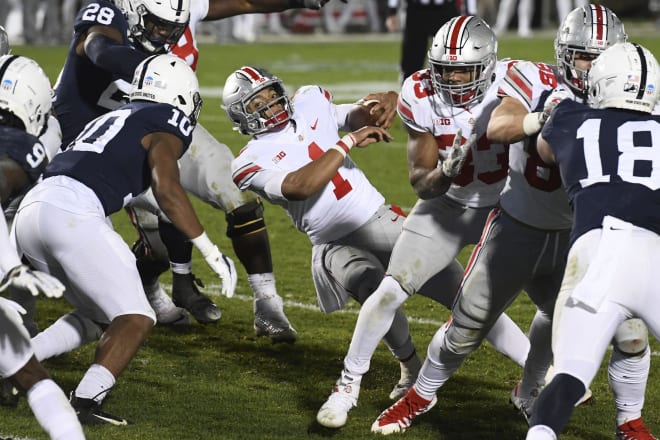
Week 2
Last weekend, the Big Ten heavyweight match between Ohio State and Penn State drew the largest audience.
Ohio State-Penn State averaged a 3.45 rating and 6.53 million viewers on ABC’s Saturday Night Football over the weekend. That topped the numbers put up in week one when the Buckeyes played the Cornhuskers.
As noted, the Big Ten accounts for three of the top five most-watched games, with the previous week’s Michigan-Minnesota matchup ranking fifth.
This season’s top five games are the only ones thus far to average at least five million viewers, compared to 18 through nine weeks last year, Sports Media Watch said.
The media watch company said keep in mind that Ohio State-Penn State would not have ranked among the ten most-watched games at the nine-week mark last season.
Taking a deep dive into the numbers, Columbus, Ohio led all markets in viewership, followed by Cleveland, Dayton, Cincinnati, and Pittsburgh.
The Ohio State-Penn State game also helped ABC win the night as the most-viewed network in primetime on Saturday, the network said.
In addition, ABC’s Saturday tripleheader, which also included Boston College-Clemson and Notre Dame-Georgia Tech averaged 4.94 million viewers, the most-viewed ABC tripleheader since 2019’s week nine.
ESPN also scored on Friday, with the Minnesota-Maryland game producing the network’s largest weekday college football audience since week two of last season
FS1’s top game was Indiana-Rutgers, which averaged about half a million viewers in a window that was originally supposed to feature Wisconsin-Nebraska.
As for this weekend, Ohio State plays Rutgers, and Michigan plays Indiana. The Nebraska-Northwestern game should draw decent numbers on the Big Ten Network. Wisconsin’s game against Purdue was canceled.

Sports viewership unplugged
Despite the Big Ten’s viewership bump, fewer fans are tuning in to college football games. By some estimates, college football viewership is down at least 30 percent from a year ago.
For example, only five of the 18 games shown on the networks on the weekend of Oct. 24 generated viewership increases compared to the same weekend in 2019, according to Sports Media Watch. The weekend before, five of 12 games produced higher viewership numbers from comparable 2019 data.
That fits with the viewing interest for sports in general since the onset of the pandemic. To be sure, there have been a lot of “least-watched” moments.
All the crown jewel sporting events — the World Series, the US Open for both golf and tennis, and the NBA and NHL playoffs all reported weaker numbers. Next up, the Masters starting Nov. 12th.
Will the Big Ten continue to deliver the television audiences, or will fan interest level off? Will the return of PAC-12 football this weekend also generate a viewing jolt?
Deitsch cautions against reading too much into the first two weeks of the Big Ten’s impact on television ratings. “It’s still very early” in the season, he said. “I would watch for how the numbers look around the last week of November.”
He said it is difficult to compare this year’s ratings and viewing totals with a year ago “because we’re in such a different universe. Nothing is apples to apples.”
Still, the numbers are the numbers.
Last season, college football generated about $1.7 billion in spending on television advertising, according to a New York Times story that relied on data from the research firm Kantar. Companies like Allstate, Chick-fil-A and State Farm each spent more than $30 million to advertise during games, Kantar noted, while AT&T spent more than $70 million.
This season, ad revenue is definitely down, but it is not clear by how much at this stage of the season. What’s known is that the return of the Big Ten gives the networks more product to sell each week, which should translate into more advertising revenue — revenue that will be shared with the Big Ten schools to relieve pressure on their budgets?
“People still want to advertise with live sports,” Karp said. And college and pro football will dominate the television schedule through the end of this year.
While ad revenue is down, the networks should recoup some of it as the season heats up with traditional rivalry games and the conference championships, Karp said.
“We are in (college) football season,” he said, “but there are no bubbles, no guarantees.”
Steve Rosen writes about the business of sports for Husker Online. Questions, comments, story ideas? Reach Steve at srosen@huskeronline.com.

Must See
-


Football
/ 2 months agoHuskers Fight Hard but Fall Short Against UCLA
LINCOLN – The Nebraska Cornhuskers gave it their all on Saturday, with standout efforts...
-
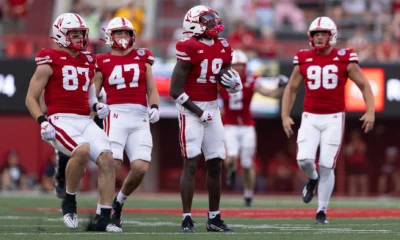

Football
/ 3 months agoGAMEDAY: Nebraska Set to Face Undefeated Indiana in Key Big Ten Showdown
Bloomington, IN – It’s Game Day, Husker Nation! Nebraska (5-1, 2-1 Big Ten) returns...
-


Football
/ 3 months agoBlackshirts Shine as Nebraska Tops Rutgers 14-7 on Homecoming
Lincoln, NE – Nebraska’s Blackshirt defense played a starring role in the Huskers’ 14-7...
By Chris
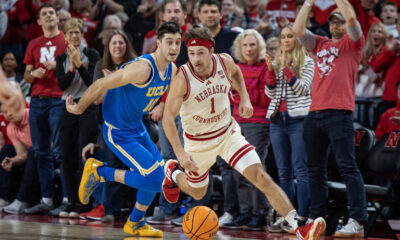

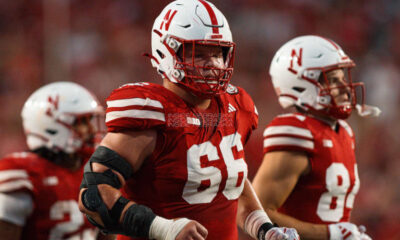

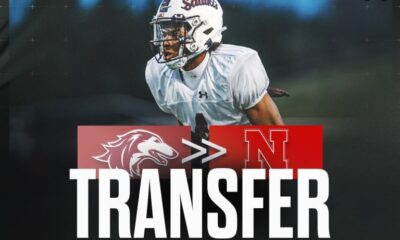

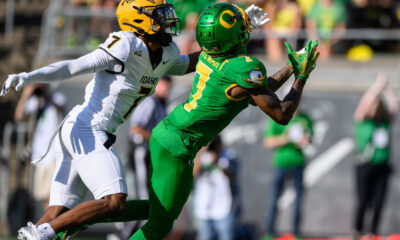





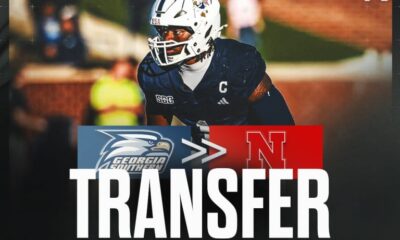

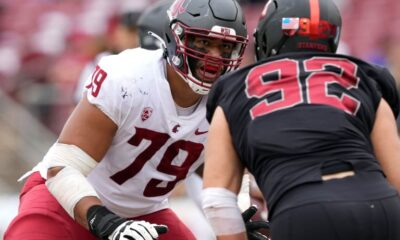

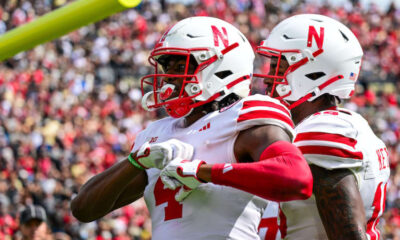





You must be logged in to post a comment Login